The Tay people here live the way their ancestors did: quietly, persistently and lovingly. A place that does not need a museum, because every step, every look is a heritage.
STEP THROUGH THE GATE
Thai Hai village in the early morning after a night of rain, when the air was still filled with the scent of moist soil and the leaves still held drops of heavenly pearls. The rain was like a cleansing, returning to this land its surprisingly fresh and pristine appearance. Looking up at the clear, blue sky, where the children's kites were fluttering like delicate ink strokes drawn on tissue paper, I wondered: had nature "concentrated" all its gentleness and purity to this place alone?

The entrance to the stilt houses in Thai Hai village, shaded by green bamboo. Photo: Nguyen Hanh
Thai Hai is nestled in a lush green valley, only about half an hour drive from Thai Nguyen city. But when arriving, it feels like you have just passed through a time gate, entering a parallel world where there are no harsh car horns, no cold concrete, but only the sounds of birds, laughter, and the quiet sound of a bamboo clapper hanging at the village gate. Standing for a long time in front of the rustic bamboo gate, where there is a clear well and a bamboo clapper quietly waiting to be awakened. "Wash your hands, knock the clapper before entering the village, that is the village's ritual", Ms. Le Thi Nga - the deputy village chief smiled and advised. It is not just a ritual, it is like a spiritual ritual, a way to wash away the dust of the city, entering the village with respect and clear eyes.
In that light-filled space, listening to stories about the village is like listening to a part of the nation's memory. She leads us through each small corner of the village - a place she calls "memory areas". Each wooden pillar, each time-stained wall, each loom, each water jar are not just objects but witnesses. "There is no museum like a living village," she said, her eyes distant as if touching some depth of history.
MEMORIES ON THE YOUNG GRASS
In Thai Hai, about thirty Tay households live together like a big family. They eat together, work together, and preserve each stilt house style, each Then singing tune, each ancient ritual as if it were their flesh and blood, their indispensable breath. There are no slogans calling for cultural preservation because here, culture is not in books, not behind glass cabinets, but is alive and present in every gesture, every look, every lullaby in the summer afternoon.
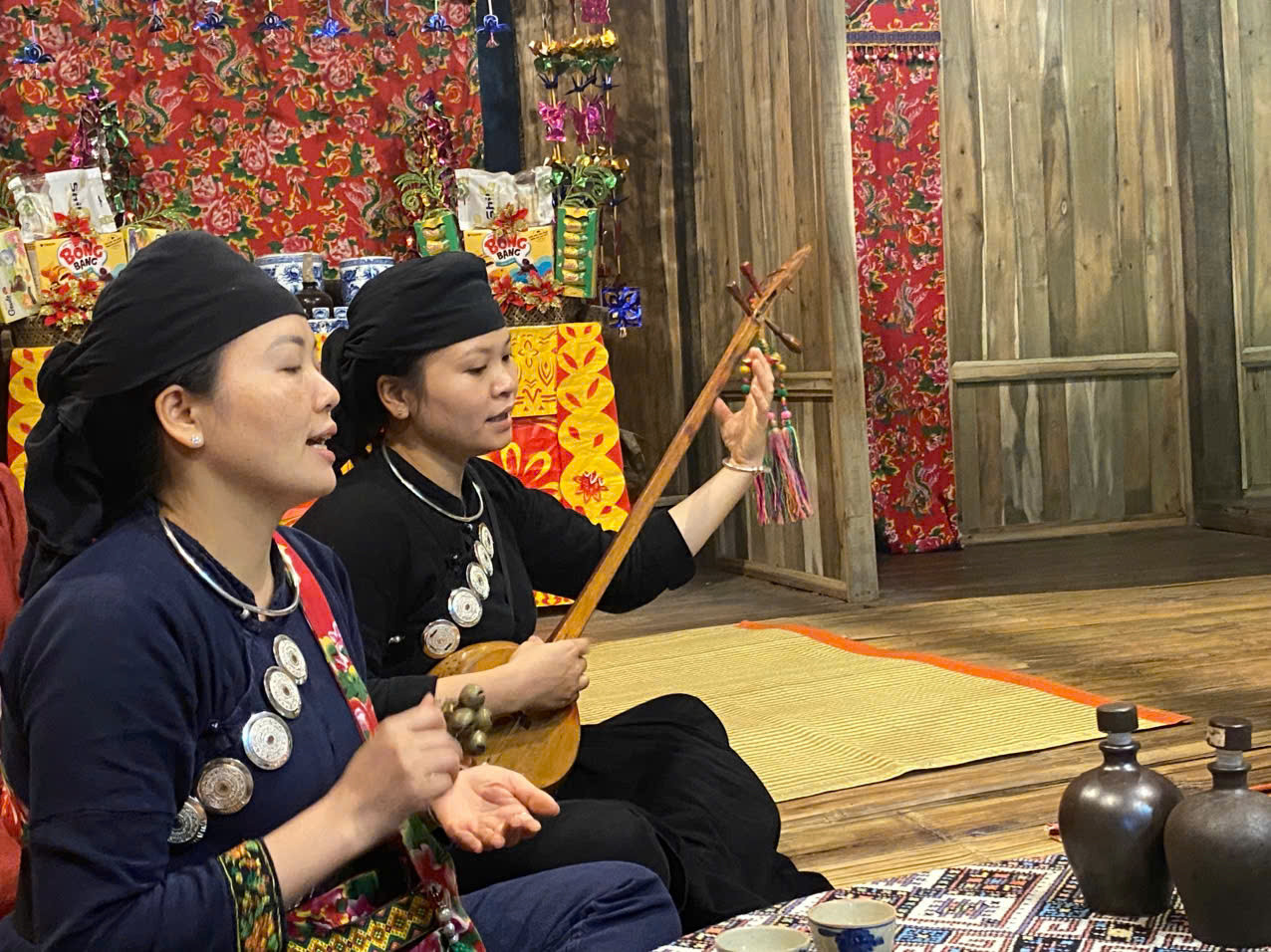
Then singing performed by village chief - Ms. Le Thi Nga and other women in the village. Photo: Nguyen Hanh
The children in the village wore traditional Tay costumes, as naturally as the grass wears its green color. They played soccer on the grass behind the stilt house, running and shouting in their mother tongue - a language that sounded as clear as dew on the branches, like a voice echoing from the memories of their old homeland, where there were also muddy and bustling summers of love.

The laughter of village children playing soccer. Photo: Nguyen Hanh
It was especially touching to talk to an old lady who has lived here for nearly two decades. She spoke slowly, her voice hoarse like the sound of wind creeping through a bamboo wall: "Here I can be myself. Here... live truly, work truly. The children grow up with then songs, with real fairy tales, nothing fake."
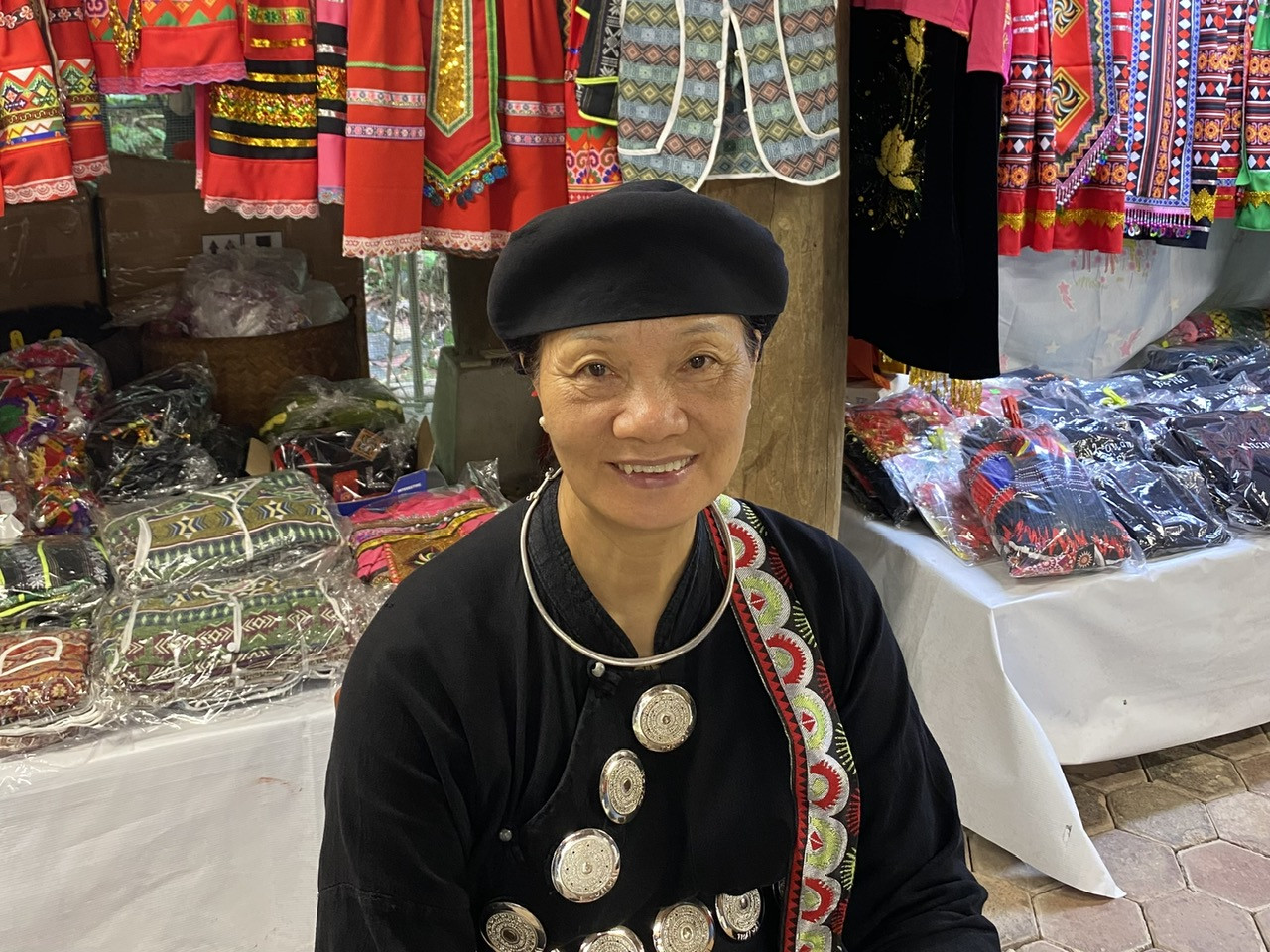
Ms. Le Thi Hao - who has been attached to the village for nearly two decades. Photo: Nguyen Hanh
Being invited to eat Banh Gai - a rustic country cake whose wrapping fingers still seem to have some tar on them. Drinking Thai tea - not the industrially packaged kind, but tea that is roasted, kneaded, and brewed in an old earthenware pot, fragrant like mother's breath. Those things are not luxurious, not eye-catching, but they gently calm the heart.
A PLACE WITHOUT FOSSIL TRADITION
Thai Hai does not try to turn itself into a model tourist village. They do not set up a xoe dance stage, nor do they attract visitors with elaborate costumes. They just live, and that simplicity creates a strange attraction, like a cool breeze in the heat of urbanization.
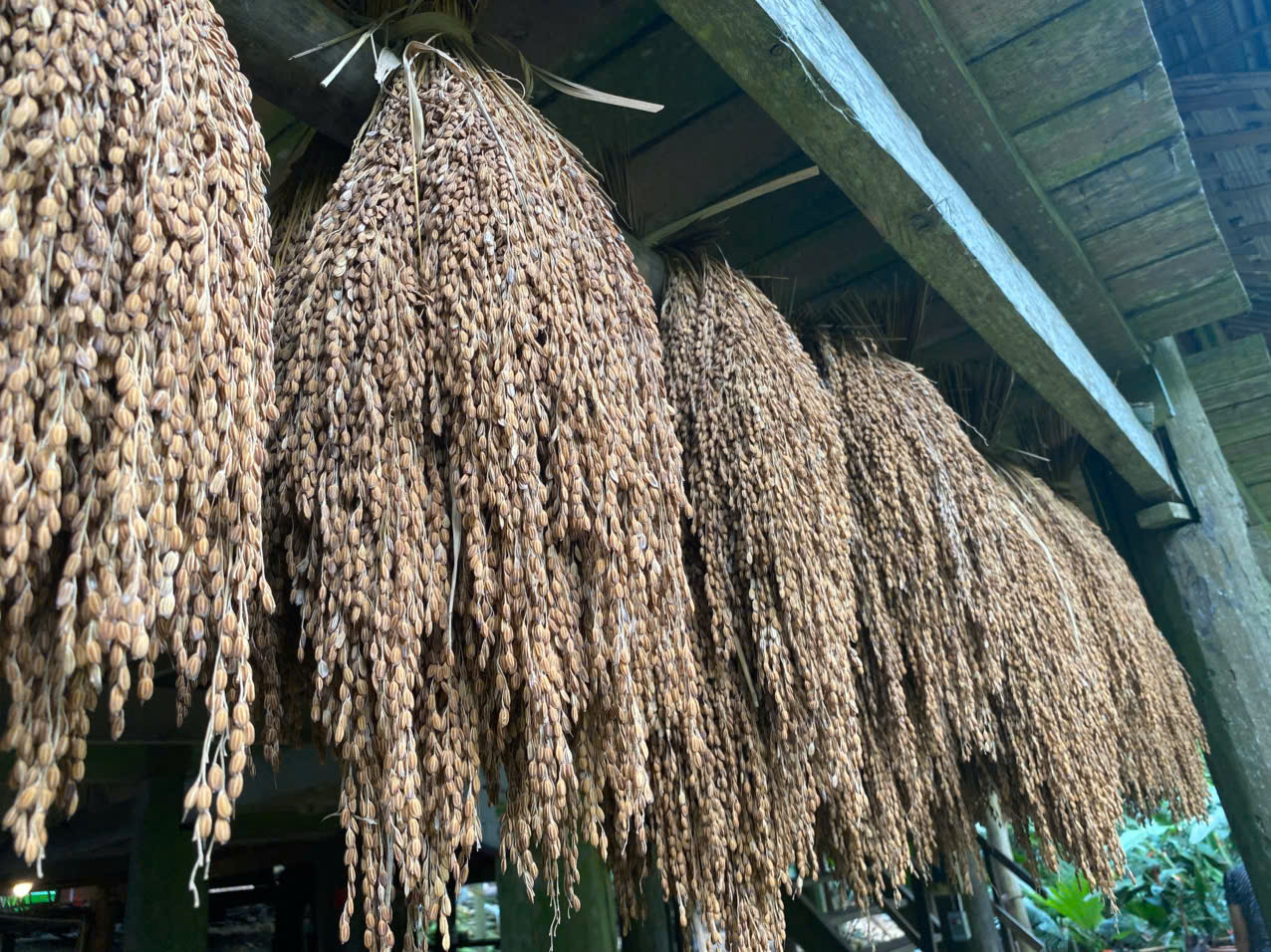
Stilt house in Thai Hai village. Photo: Nguyen Hanh
Leaving Thai Hai when the afternoon sun was setting gently. The wind carried the scent of freshly cut grass mixed with the scent of earth after the rain. The child who played soccer this morning was still standing in the yard, waving with a bright smile. That wave was not eager, not hurried, but made the heart calm like the surface of a clear stream. How much must one love this life to maintain such a carefree smile?
There are very small details that carry like treasures: the sparkling eyes of a child when handing over a cup of water; the wrinkled hands of an old woman when she tenderly holds a dong leaf; the calm nod of a man who has just returned from the fields. All of them seem to whisper that: here, people live together with the most kindness.
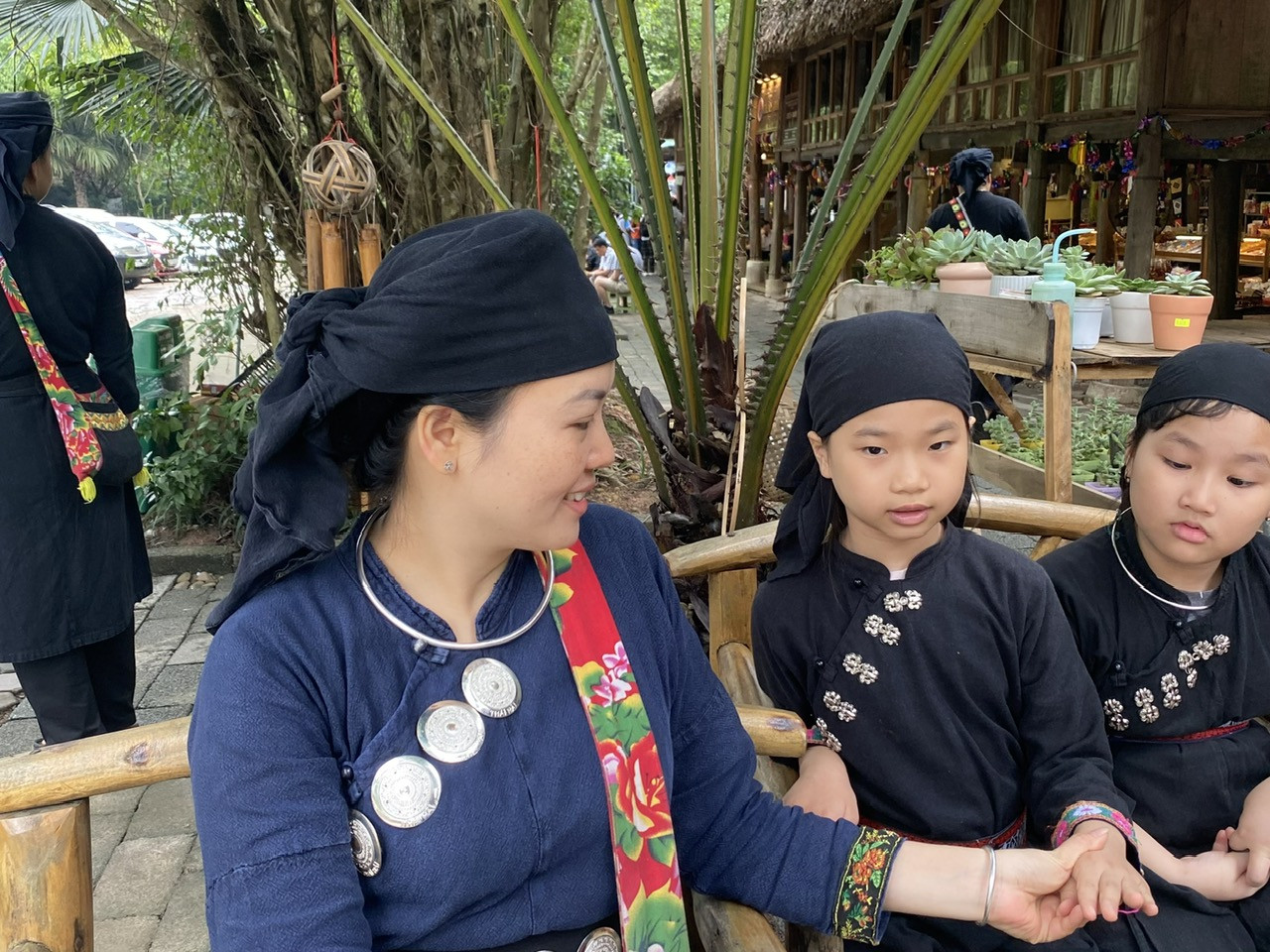
The deputy is talking to the children in the village. Photo: Nguyen Hanh
In an increasingly noisy and hurried world, Thai Hai is a gentle, deep, and passionate note. It teaches the value of true life, of gratitude, and how to preserve memories not with cement and steel, but with love, with daily repetition, with gentle lullabies and tolerant eyes.
Perhaps Thai Hai does not amaze people with its majestic landscape. But it is its simplicity, sincerity and kindness that touches the deepest layers of the soul - a place that still believes that love, no matter how small, can save an entire culture. Thai Hai reminds us of a simple but great thing: love is the greatest legacy of humanity, the thing that makes a village and a nation never perish.
Hanh Nguyen - Vietnamnet.vn
Source: https://vietnamnet.vn/song-o-ngoi-lang-cua-nguoi-tay-lot-top-dep-nhat-the-gioi-2414596.html



![[Photo] Prime Minister Pham Minh Chinh meets with Speaker of the Hungarian National Assembly Kover Laszlo](https://vphoto.vietnam.vn/thumb/1200x675/vietnam/resource/IMAGE/2025/10/20/1760970413415_dsc-8111-jpg.webp)


![[Photo] Prime Minister Pham Minh Chinh received Mr. Yamamoto Ichita, Governor of Gunma Province (Japan)](https://vphoto.vietnam.vn/thumb/1200x675/vietnam/resource/IMAGE/2025/10/21/1761032833411_dsc-8867-jpg.webp)
![[Photo] Da Nang residents "hunt for photos" of big waves at the mouth of the Han River](https://vphoto.vietnam.vn/thumb/1200x675/vietnam/resource/IMAGE/2025/10/21/1761043632309_ndo_br_11-jpg.webp)




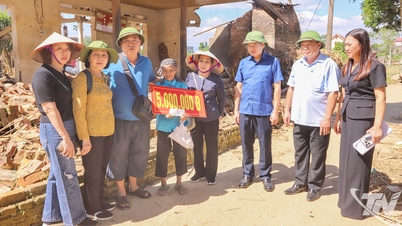






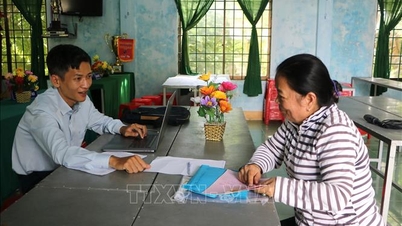





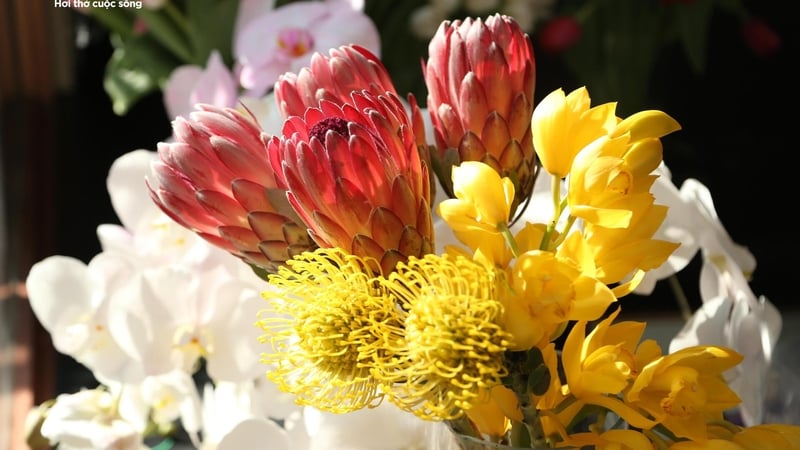




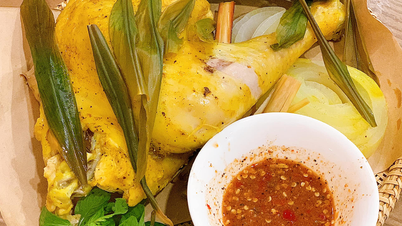




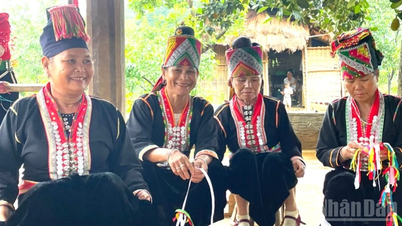
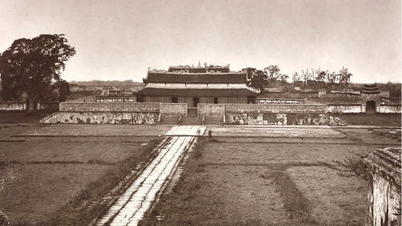










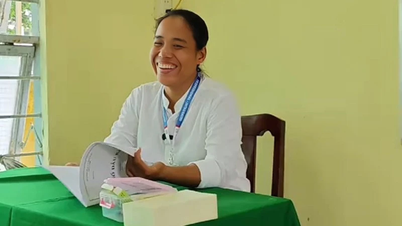


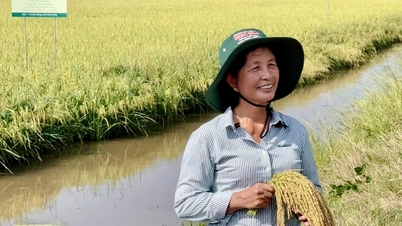

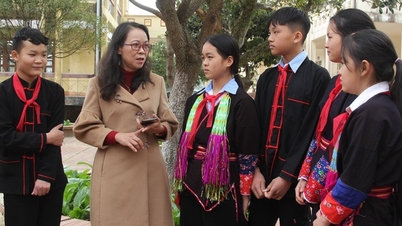

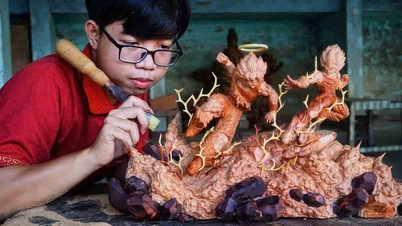










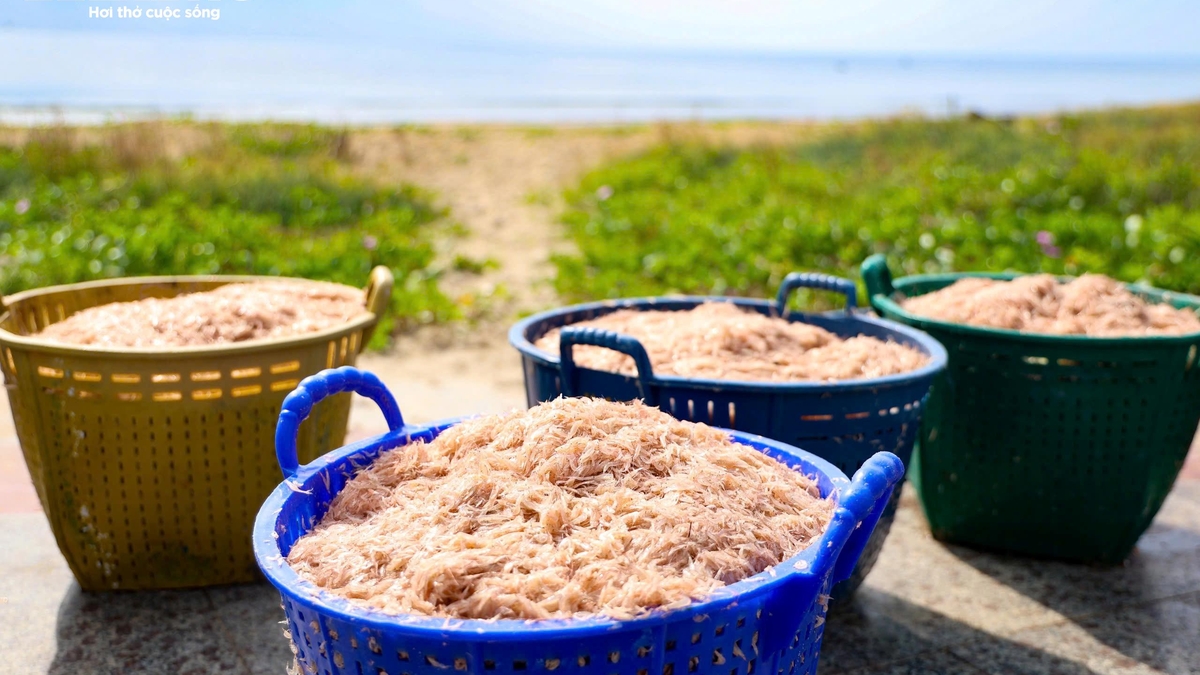

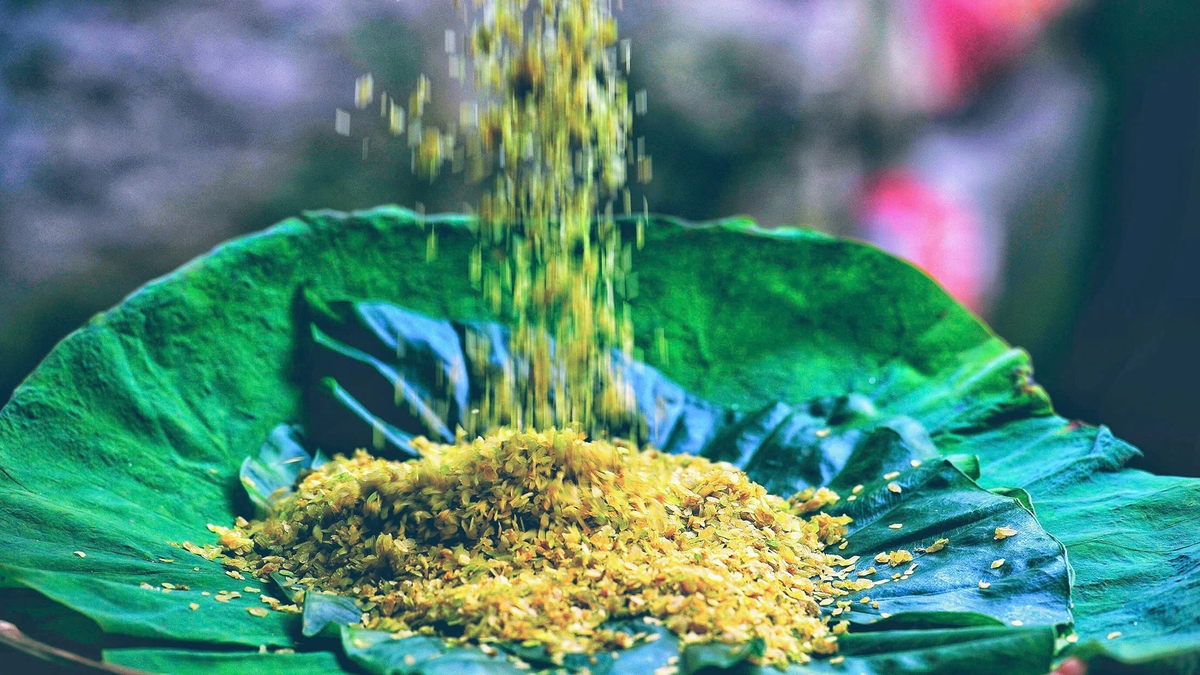
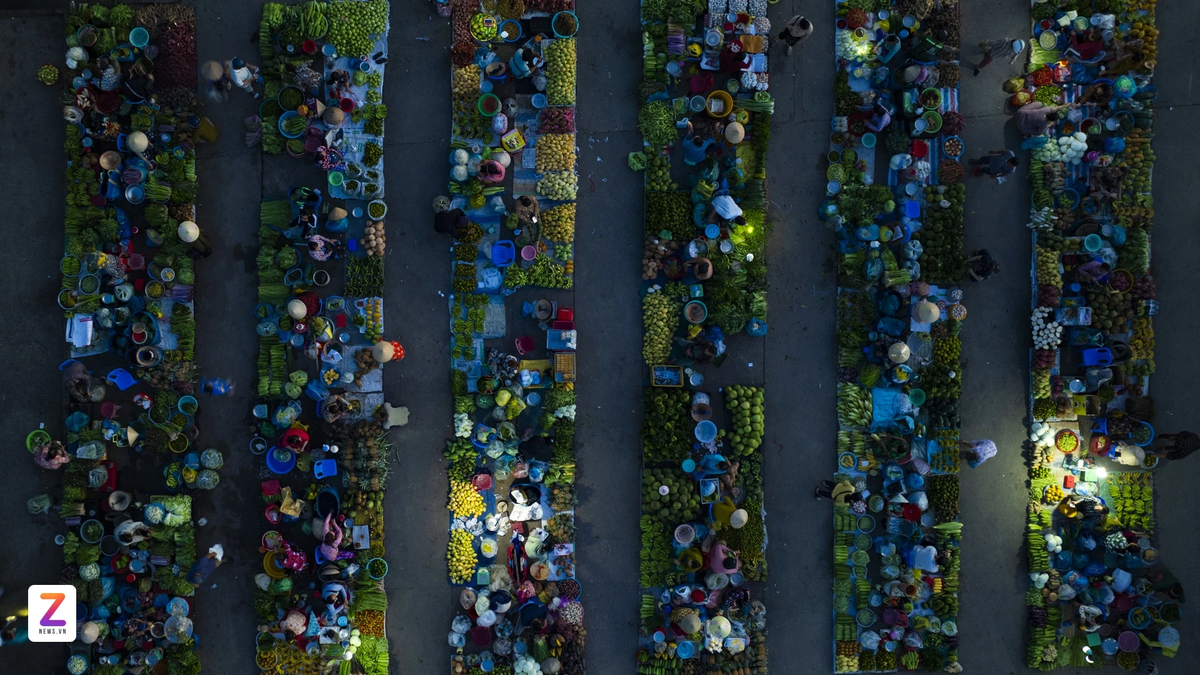















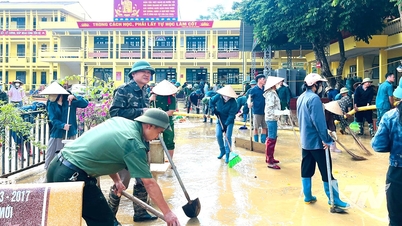




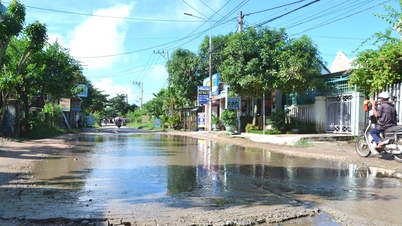









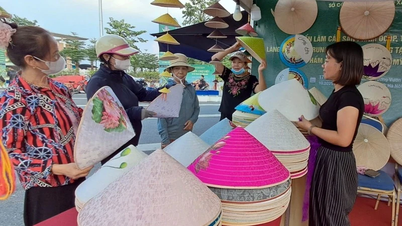
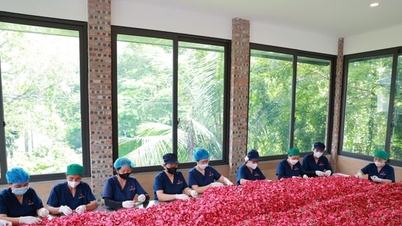




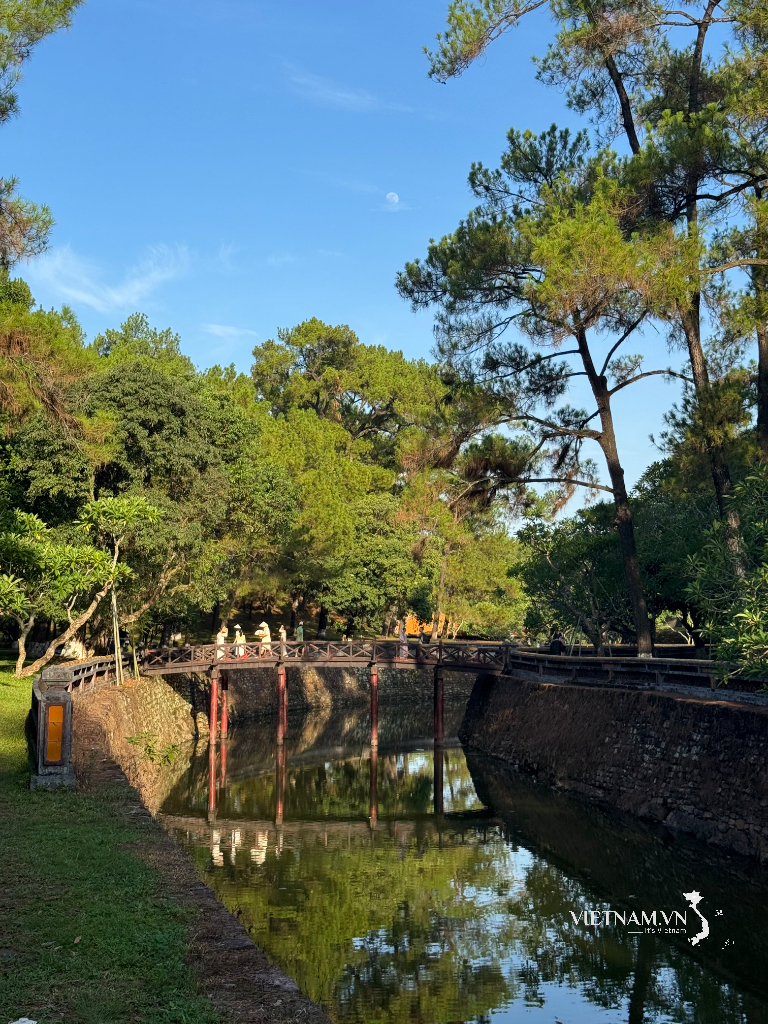
Comment (0)